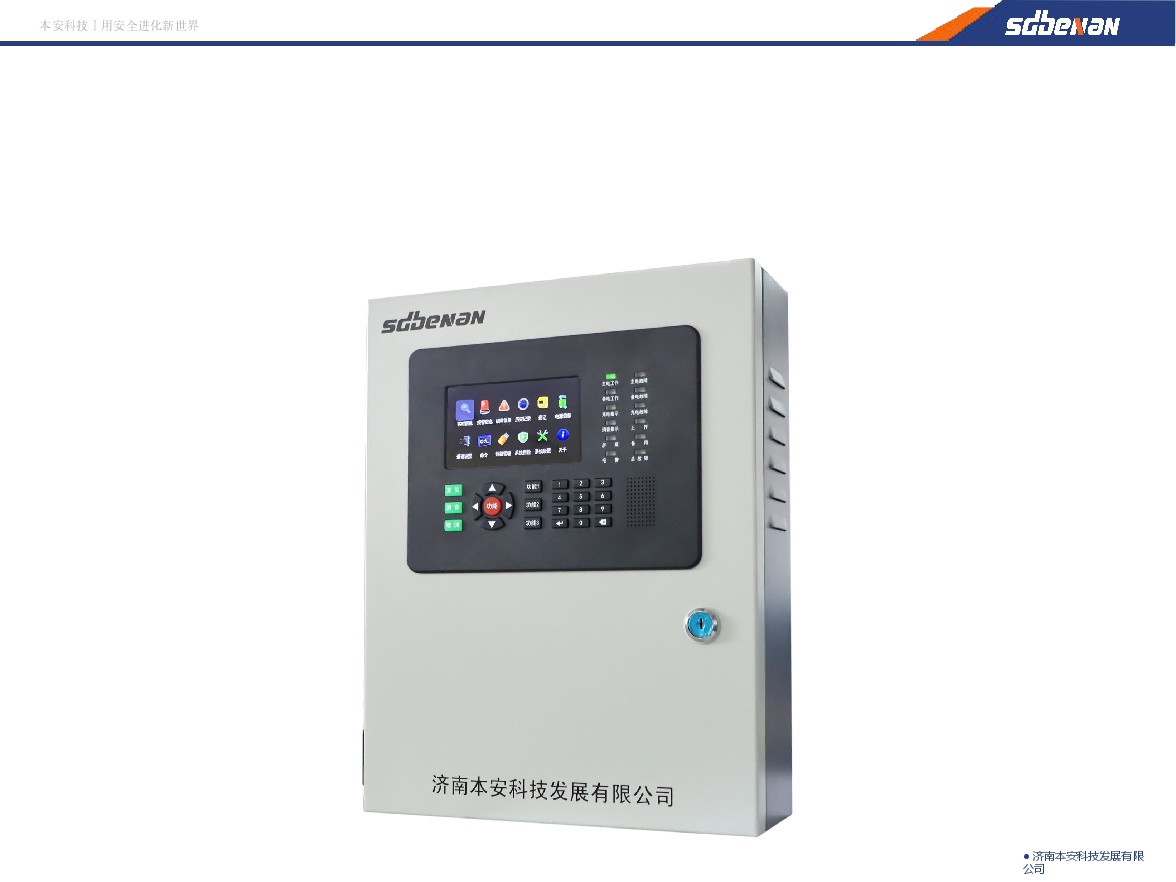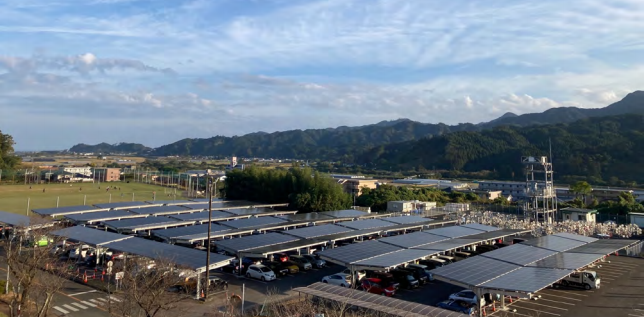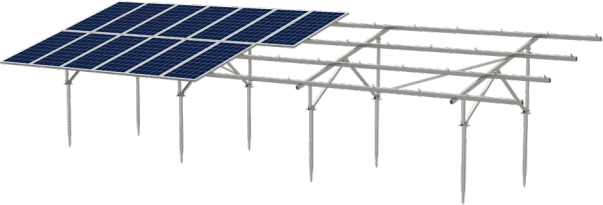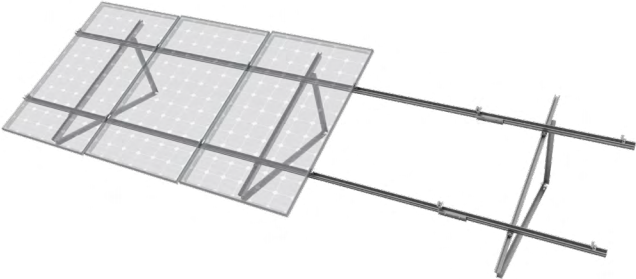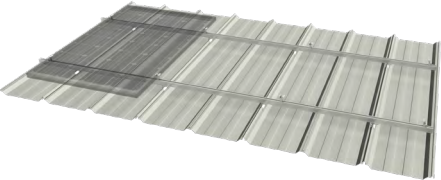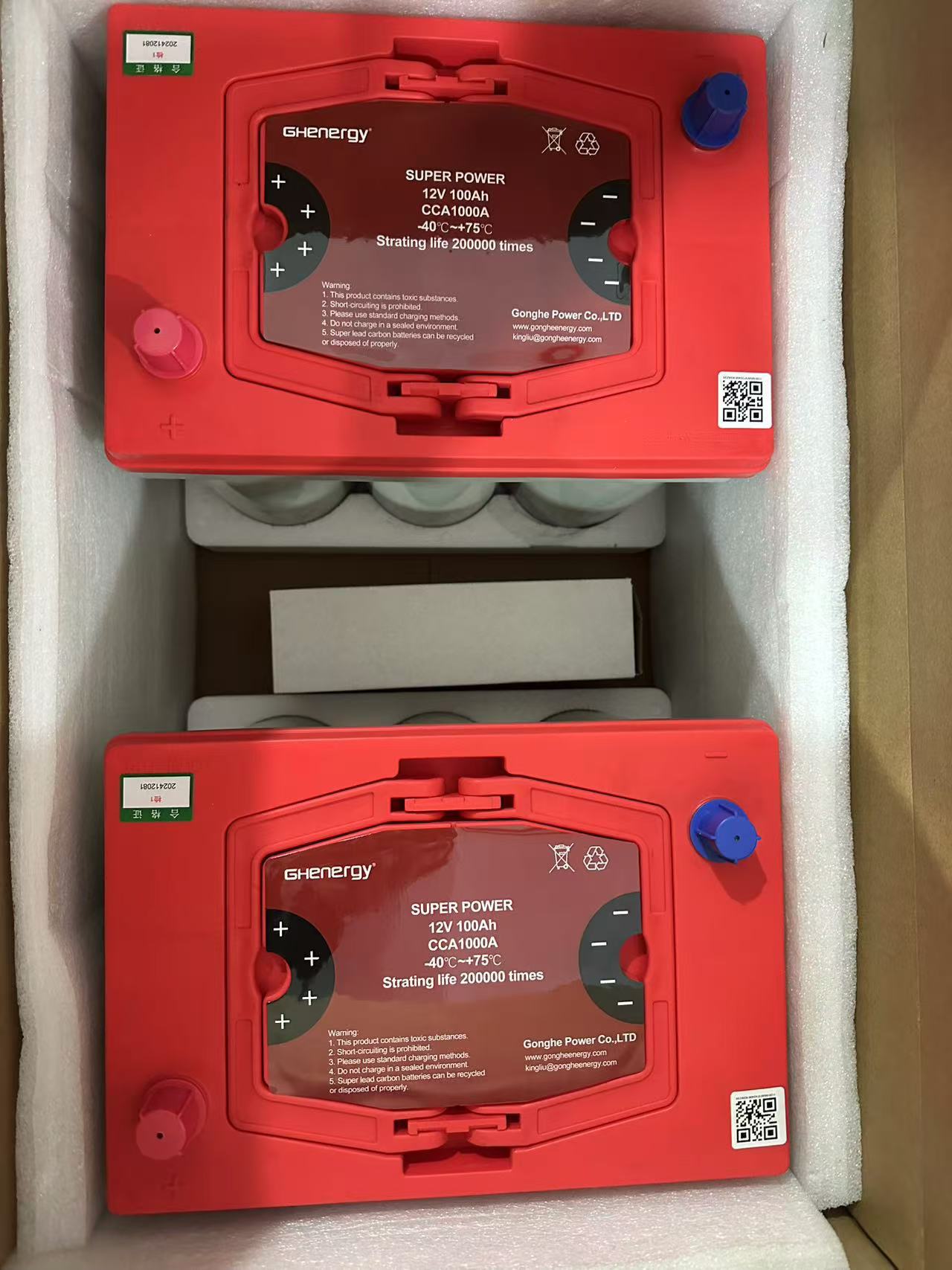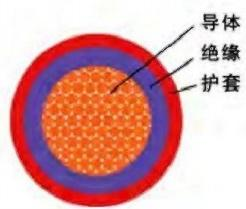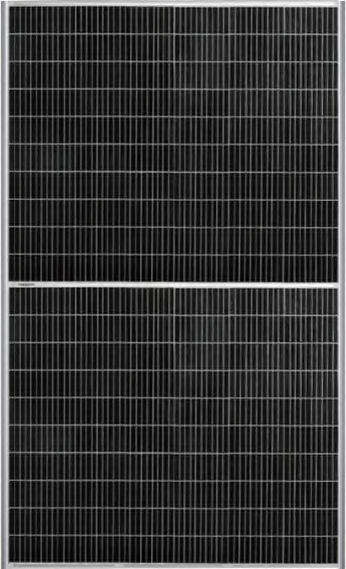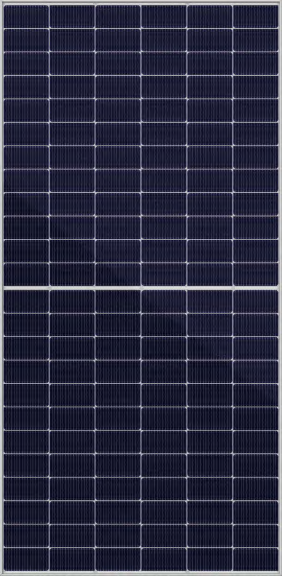
Qcells solar factory in Georgia, USA.
Wedoany.com Report-Feb 8, The United States has reached a historic manufacturing milestone, surpassing 50 gigawatts (GW) of domestic solar module production capacity. At full capacity, these factories can produce enough to meet all demand for solar in the United States.
This achievement is a critical step toward building a U.S.-based solar supply chain that ends our reliance on foreign adversaries and supports American workers.
According to the Solar Energy Industries Association’s (SEIA) Supply Chain Dashboard, companies have announced plans for 56 GW of new U.S. solar cell production, as well as 24 GW of wafers and 13 GW of ingots. Solar tracker manufacturing capacity now exceeds 80 GW.
“Reaching 50 GW of domestic solar manufacturing capacity is a testament to what we can achieve with smart, business-friendly public policies in place,” said SEIA president and CEO Abigail Ross Hopper. “The U.S. is now the third largest module producer in the world because of these policy actions. This milestone not only marks progress for the solar industry but reinforces the essential role energy policies play in building up the domestic manufacturing industry that American workers and their families rely on.”
In 2020, SEIA set a goal for 50 GW of U.S. solar manufacturing capacity by 2030, equivalent to the power output from 27 Hoover Dams. This bold target focuses on all levels of the solar supply chain, including modules, cells, ingots and wafers, polysilicon, trackers, and inverters.
At the time, there was only 7 GW of domestic module manufacturing capacity, 41 metric tons of polysilicon manufacturing capacity, and some inverter and racking manufacturing. There was no domestic manufacturing of other key upstream inputs.
SEIA’s 50 GW manufacturing goal emphasizes the importance of sequencing the build-out of a domestic solar supply chain. Establishing production of downstream components like modules ensures there is sufficient demand for upstream manufacturing. As a result of this strategic sequencing, two domestic solar cell factories have come online in Georgia and South Carolina in the last few months.
In setting the original manufacturing goal, SEIA outlined critical policies to incentivize U.S. solar manufacturing investments, many of which were implemented due to SEIA’s advocacy, including the advanced manufacturing production tax credit, as well as incentives for solar projects that use products made in the United States.
Further supporting the buildout of the industry, SEIA successfully advocated for solar ingot and wafer production to qualify for a 25% investment tax credit under the CHIPS and Science Act of 2022 (CHIPS).
Solar module manufacturing has grown five-fold after the passage of critical federal energy policies. As a result, the United States is now the 3rd largest solar module producer in the world.
